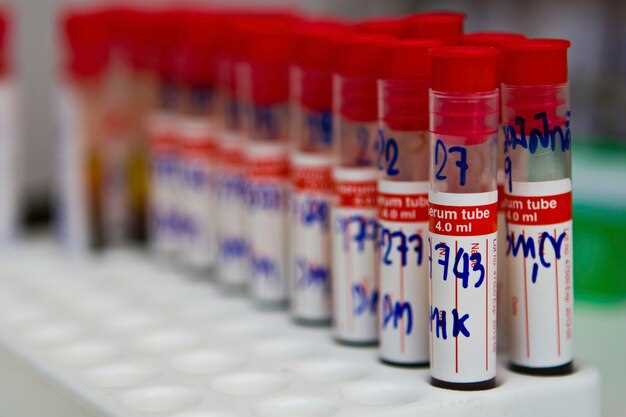
Unveiling a cutting-edge approach to assessing the compatibility of medications aimed at managing cholesterol levels, this method delves into the coexistent identification of key components within medicinal formulations. Through meticulous chromatographic investigation, this technique unveils the intricate interplay between essential compounds, shedding light on their joint presence and proportions.
Background

In this section, we delve into the foundational context surrounding the analysis method employed for the studied compounds. We explore the intricate landscape of pharmaceutical analysis, where the focus lies on the concurrent identification and quantification of essential components within medicinal formulations. Through advanced chromatographic techniques, the scientific community endeavors to unveil the composition of pharmaceutical concoctions, ensuring their efficacy and safety for consumer use.
- Understanding the chemical composition of medications is paramount to ensuring their quality and therapeutic effectiveness.
- Modern pharmaceutical analysis relies on sophisticated methodologies to discern the presence and concentration of active ingredients.
- The pursuit of accurate and reliable analytical techniques underscores the commitment to pharmaceutical excellence and patient well-being.
Within this context, the exploration of simultaneous identification and quantification methodologies emerges as a cornerstone in pharmaceutical research. By employing innovative chromatographic approaches, scientists aim to unravel the complex interplay of compounds present in medicinal formulations. This quest for precision and comprehensiveness underscores the relentless pursuit of excellence within the pharmaceutical industry.

